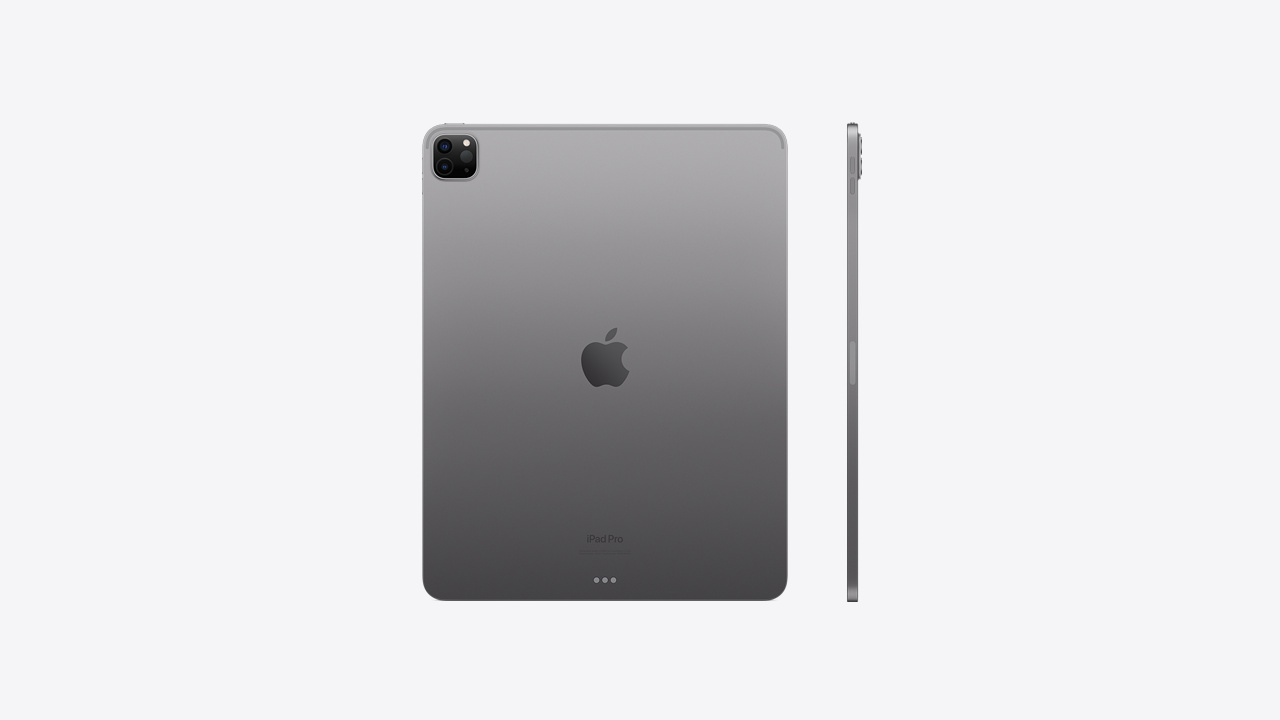Apple’s iPad Pro lineup has evolved significantly since its debut in 2015. The original models came in 9.7-inch and 12.9-inch sizes, setting the stage for future iterations. Over the years, Apple has refined the design, enhanced performance, and expanded screen options.
The latest iPad Pro M4 (2024) models feature 11-inch and 13-inch displays, showcasing Apple’s commitment to innovation. These new devices build upon the strengths of their predecessors, offering improved processing power and display technology. The shift from the original 9.7-inch size to the current 11-inch and 13-inch options reflects Apple’s responsiveness to user preferences and technological advancements.

iPad Pro generations have consistently pushed the boundaries of tablet computing. From the early models to the current M4-powered devices, each iteration has brought notable improvements in areas such as display quality, processing capabilities, and overall user experience.
Understanding the iPad Pro Lineup
A Look at Every iPad Pro Model
Apple’s iPad Pro has seen many changes since its 2015 launch. Each version brings new features and better performance. This guide breaks down each iPad Pro model, highlighting key changes and improvements. This will help you understand the evolution of the iPad Pro. It will also help you choose the right model for your needs. The latest update to the iPad Pro line came in May 2024 with the introduction of the M4 chip.
First Generation (2015-2016)

The first iPad Pro came in two sizes. The 12.9-inch model launched in September 2015. The 9.7-inch version arrived in March 2016. Both used the A9X chip. This chip offered a big jump in performance over previous iPads. These models set the stage for the iPad Pro as a powerful tool for creative work.
Second Generation (2017)
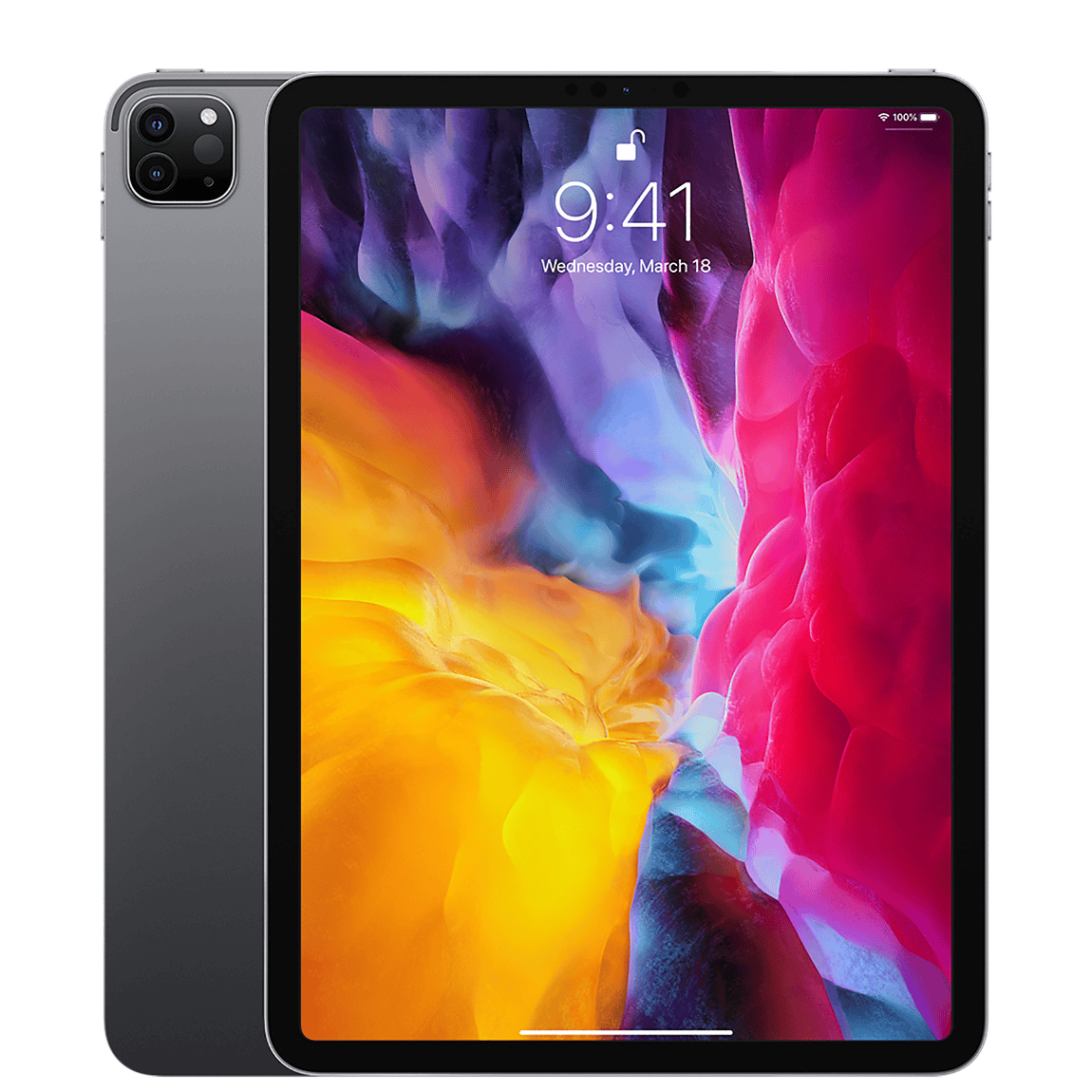
In 2017, Apple updated the iPad Pro with the A10X Fusion chip. This chip provided even more power. The 10.5-inch model replaced the 9.7-inch version. The 12.9-inch model also got the A10X chip. These models had better displays with ProMotion technology. ProMotion offered a 120Hz refresh rate for smoother scrolling and animations.
Third Generation (2018)
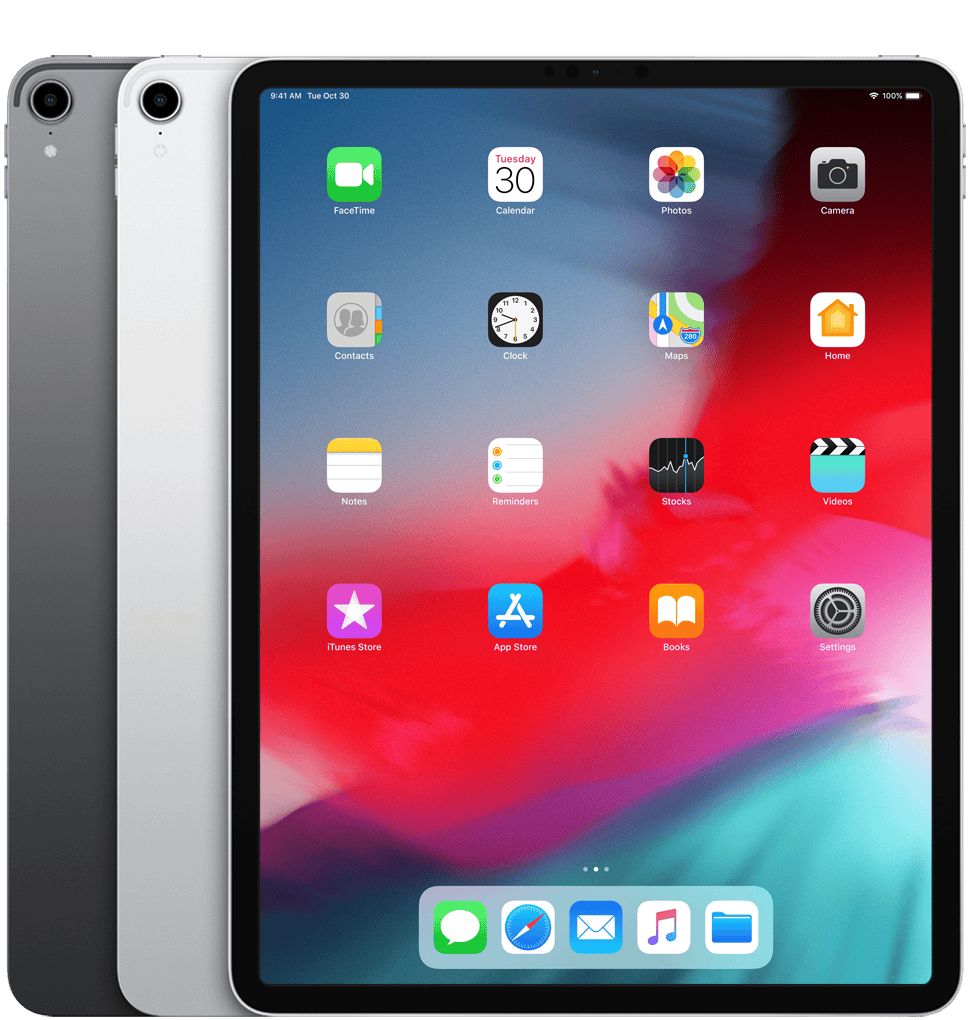
The 2018 iPad Pro models brought a new design. They had thinner bezels and Face ID. The Home button was gone. These models came in 11-inch and 12.9-inch sizes. They used the A12X Bionic chip. This chip was very powerful, comparable to some laptops. This generation also introduced USB-C, replacing the Lightning connector.
Fourth Generation (2020)
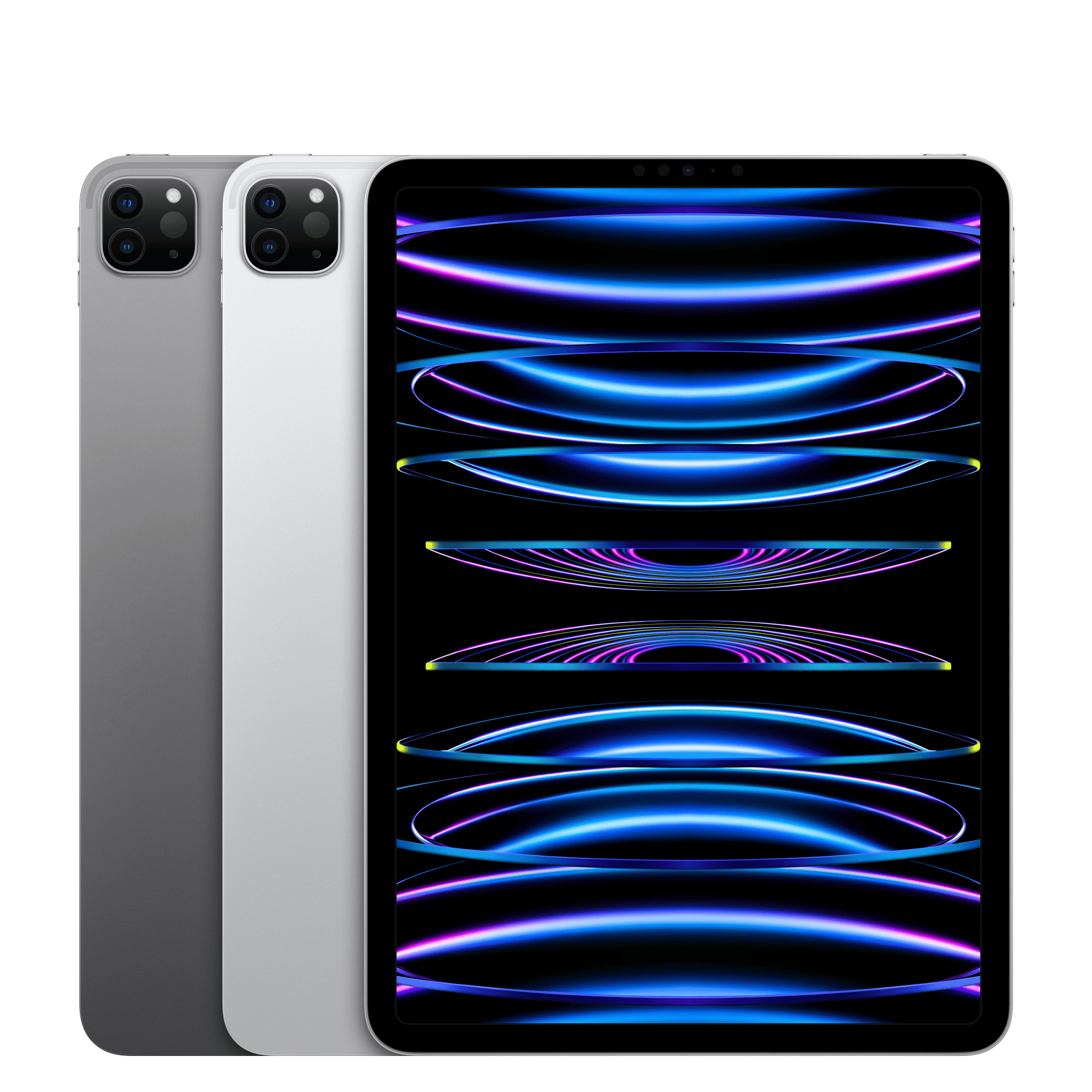
The fourth generation, released in March 2020, used the A12Z Bionic chip. This chip was similar to the A12X but with an extra GPU core. These models also added a LiDAR scanner. LiDAR improved augmented reality (AR) experiences. It also helped with photography in low light.
Fifth Generation (2021)
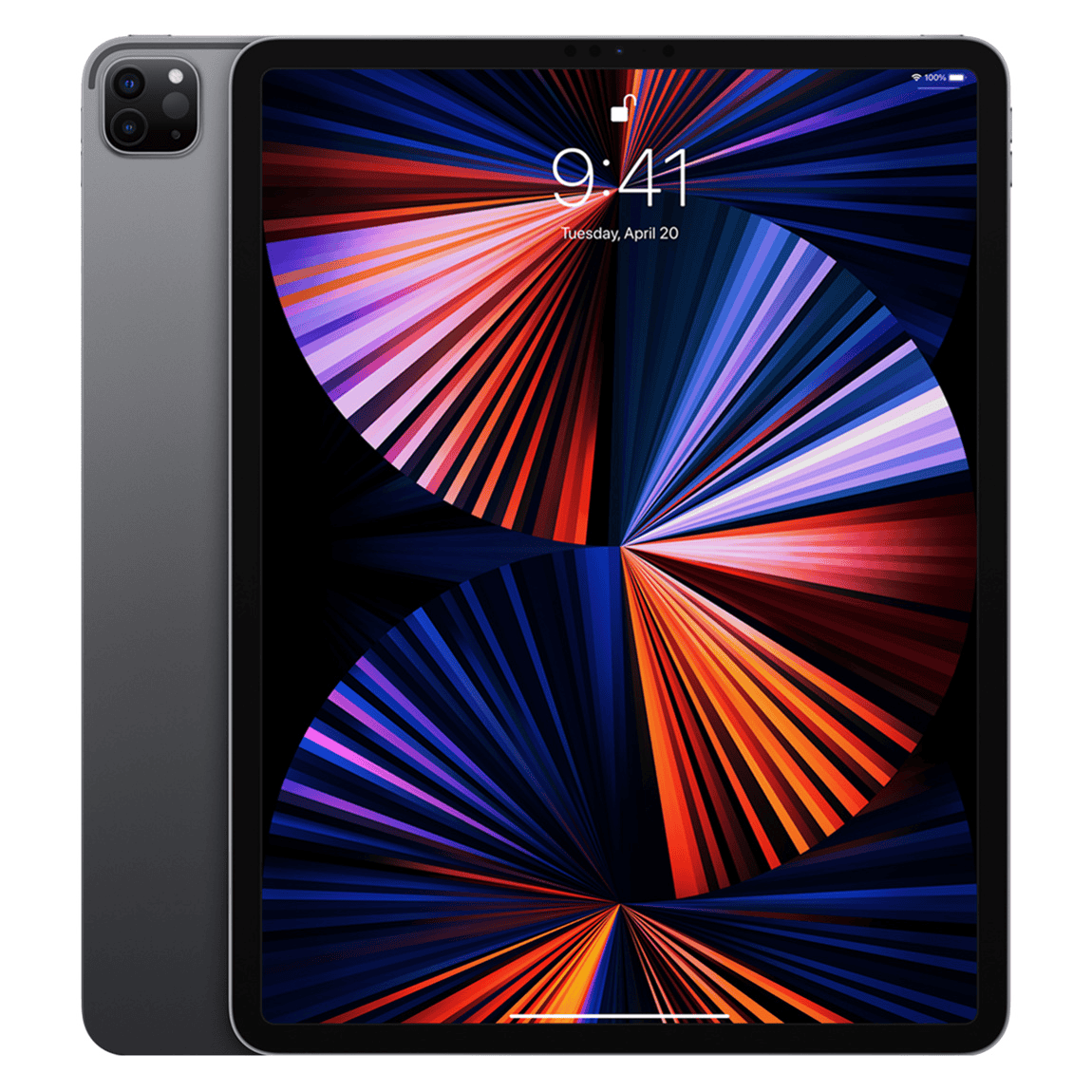
In 2021, Apple made a big change. They put the M1 chip, the same chip used in Mac computers, into the iPad Pro. This gave the iPad Pro a huge performance boost. The 12.9-inch model also got a new Liquid Retina XDR display. This display used mini-LED backlighting for better contrast and brightness.
Sixth Generation (2022)
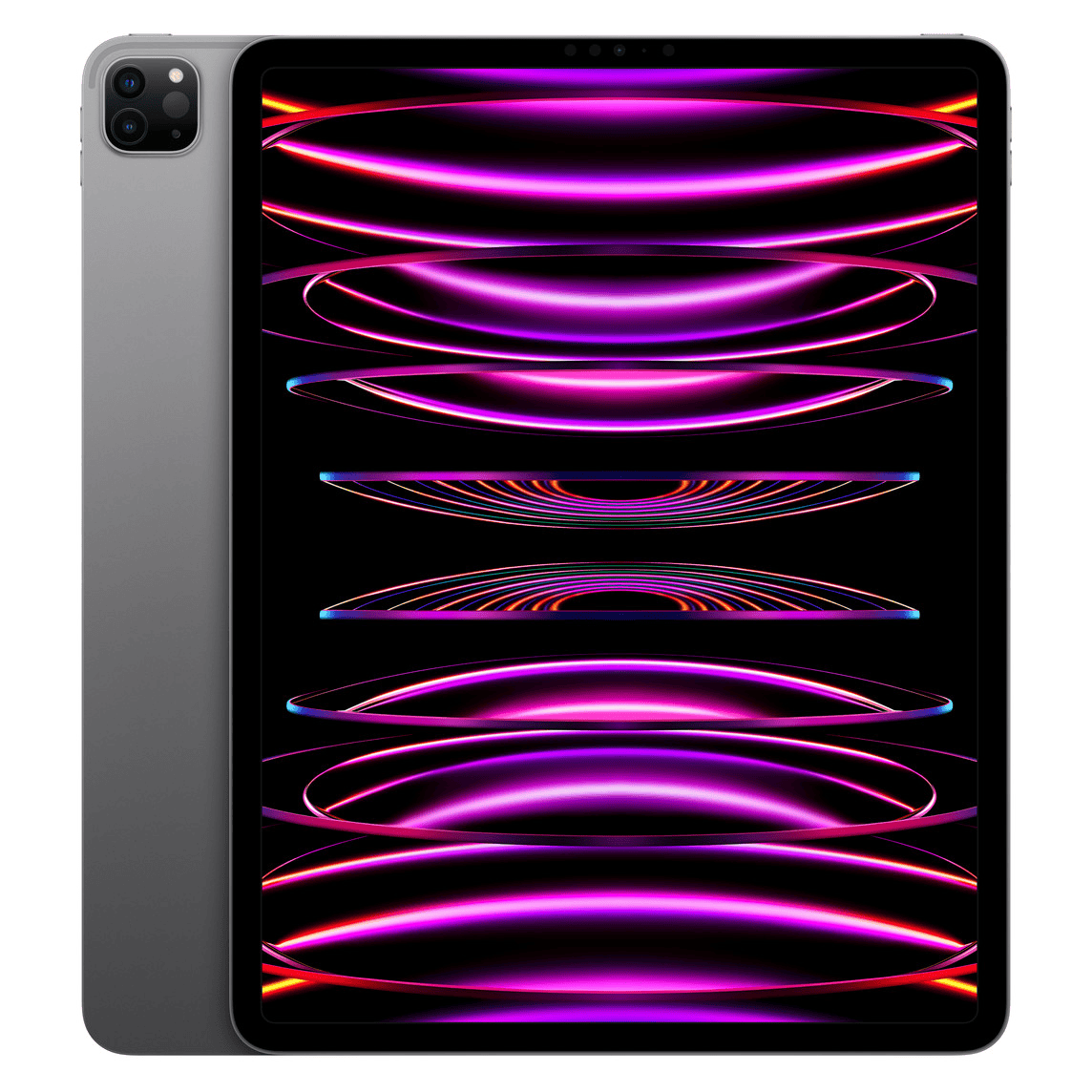
The sixth generation, released in October 2022, featured the M2 chip. This chip provided another performance increase over the M1. It also brought improvements to the Neural Engine for machine learning tasks.
Seventh Generation (2024)
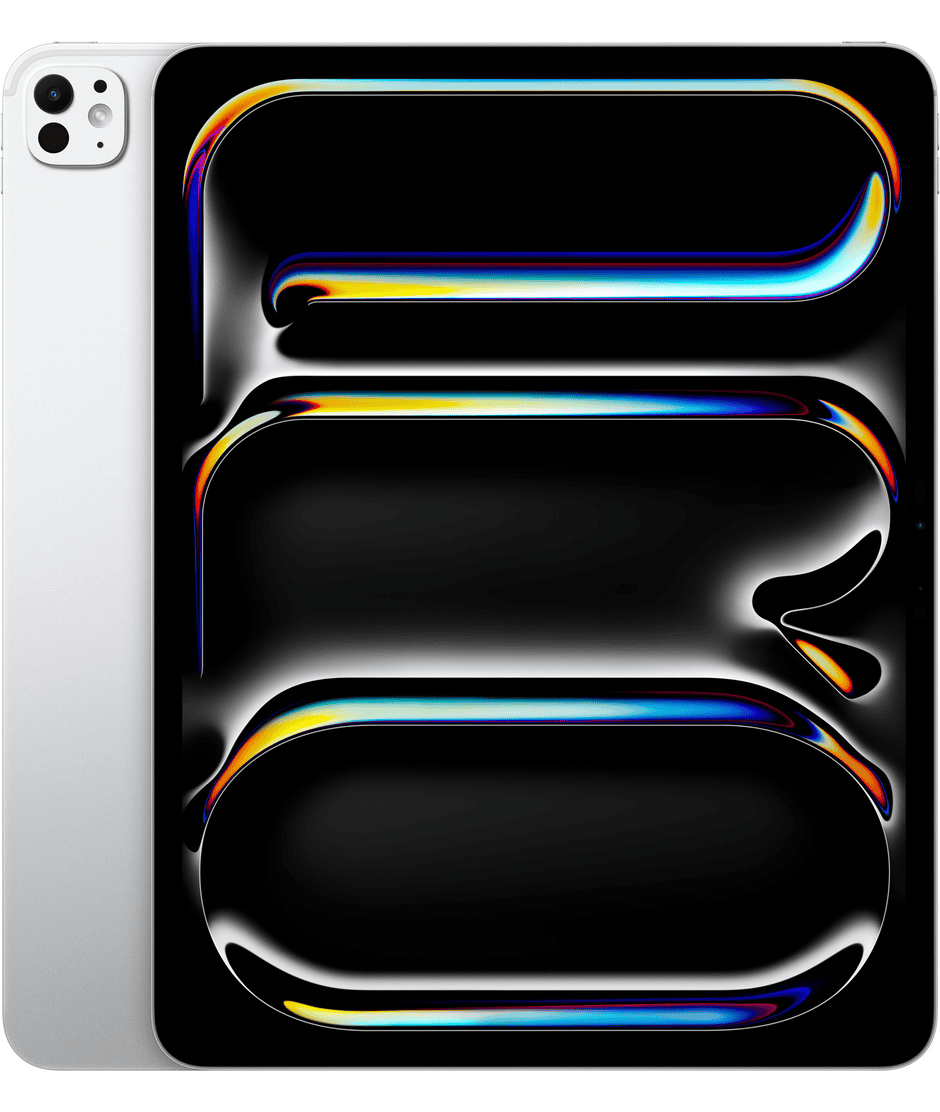
The latest iPad Pro models, released in May 2024, feature the M4 chip. The larger model also increased in size from 12.9-inch to 13-inch. The M4 chip focuses on improved AI processing. This generation aims to position the iPad Pro as a leader in AI-driven workflows.
iPad Pro Specifications Comparison
| Generation | Chip | Display Sizes | Key Features |
|---|---|---|---|
| 1st | A9X | 9.7-inch, 12.9-inch | First iPad Pro models |
| 2nd | A10X Fusion | 10.5-inch, 12.9-inch | ProMotion display |
| 3rd | A12X Bionic | 11-inch, 12.9-inch | New design, Face ID, USB-C |
| 4th | A12Z Bionic | 11-inch, 12.9-inch | LiDAR Scanner |
| 5th | M1 | 11-inch, 12.9-inch | M1 chip, Liquid Retina XDR (12.9-inch) |
| 6th | M2 | 11-inch, 12.9-inch | M2 chip |
| 7th | M4 | 11-inch, 13-inch | M4 chip, focus on AI |
Choosing the Right iPad Pro
Which iPad Pro is right for you depends on your needs and budget. If you need the best performance for demanding tasks like video editing or 3D modeling, the latest M4 models are the top choice. If you want a great value and still good performance, older M1 or M2 models are good options. If you want a smaller, more portable device, the 11-inch models are a good fit. The larger screens are better for multitasking and creative work.
iPad Air: A Solid Alternative
If the iPad Pro is too expensive, consider the iPad Air. The iPad Air offers a good balance of features and price. It uses powerful chips and has a nice display. While it doesn’t have all the advanced features of the iPad Pro, like ProMotion or LiDAR, it’s a great choice for many people. The current iPad Air uses the M1 chip, providing plenty of power for most tasks. It’s a good option for people who want a powerful tablet without the Pro price tag.
Key Takeaways
- iPad Pro models have evolved from 9.7-inch and 12.9-inch sizes to 11-inch and 13-inch options
- Each generation has introduced significant improvements in performance and display technology
- The latest iPad Pro M4 (2024) represents the pinnacle of Apple’s tablet innovation
Evolution of Design and Display Technology
The iPad Pro has undergone significant design changes and display improvements since its inception. These advancements have enhanced user experience and productivity.
Design Evolution
The original iPad Pro models introduced a sleek, aluminum unibody design. The 12.9-inch version debuted in 2015, followed by the 9.7-inch model in 2016. Apple refined the design over subsequent generations, reducing bezels and increasing screen-to-body ratio.
In 2018, Apple unveiled a major redesign. The new iPad Pro featured flat edges, rounded corners, and thinner bezels. This allowed for larger displays in more compact bodies. The Home button was removed, replaced by Face ID technology.
The latest iPad Pro models maintain this design language. They offer two sizes: 11-inch and 13-inch (formerly 12.9-inch). The devices are incredibly thin, measuring just 5.9mm for the 11-inch and 6.4mm for the 13-inch model.
A notable change was the switch from Lightning to USB-C ports. This expanded connectivity options and supported faster data transfer speeds.
Advancements in Display
iPad Pro displays have seen remarkable improvements. Early models featured Retina displays with high pixel densities. Apple later introduced True Tone technology, which adjusts color temperature based on ambient lighting.
ProMotion technology debuted in 2017, enabling refresh rates up to 120Hz. This feature provides smoother scrolling and more responsive touch input.
The 12.9-inch iPad Pro received a significant upgrade in 2021 with the Liquid Retina XDR display. This mini-LED technology offers improved contrast ratios and brighter highlights, enhancing HDR content.
Current iPad Pro models boast impressive resolutions. The 11-inch version has a 2388×1668 pixel display, while the 13-inch model offers 2732×2048 pixels. Both screens support P3 wide color gamut and anti-reflective coating.
Hardware and Performance Features
iPad Pro models have evolved significantly in processing power and accessory compatibility. These advancements have transformed the iPad Pro into a potential laptop replacement for many users.
Processing Power Over Generations
The original iPad Pro 9.7-inch and 12.9-inch models used the A9X chip. Subsequent generations saw substantial performance boosts. The 2020 iPad Pro introduced the A12Z processor, offering faster CPU and GPU performance.
A major leap came with the M1 chip in 2021, bringing desktop-class performance to the iPad Pro. The M2 chip followed in 2022, further improving speed and efficiency.
The latest 2024 iPad Pro models feature the Apple M4 chip. This processor delivers unprecedented performance for tasks like 3D modeling and video editing. The Neural Engine in the M4 chip enhances machine learning capabilities.
Enhancing User Experience with Accessories
Apple has developed accessories to complement the iPad Pro’s hardware. The Apple Pencil (2nd generation) offers precise input for drawing and note-taking. It attaches magnetically to the iPad Pro for easy charging and storage.
The Magic Keyboard provides a laptop-like typing experience with a built-in trackpad. It connects via the Smart Connector and includes a USB-C port for pass-through charging.
The Smart Keyboard Folio offers a more portable keyboard option. It protects the iPad Pro while providing a comfortable typing surface.
These accessories, combined with the iPad Pro’s Thunderbolt/USB 4 port, enable various connectivity options. Users can connect external displays, storage devices, and other peripherals, expanding the iPad Pro’s versatility.
Frequently Asked Questions
The iPad Pro series has undergone significant changes since its inception. These FAQs explore key developments in display, performance, camera capabilities, battery life, and user experience across generations.
What are the main differences between the first generation iPad Pro models and the latest iPad Pro as of 2024?
The original iPad Pro models from 2015 and 2016 featured 9.7-inch and 12.9-inch displays. They used A9X chips and supported the first-generation Apple Pencil.
The 2024 iPad Pro M4 comes in 11-inch and 13-inch sizes. It uses the powerful M4 chip, supports the second-generation Apple Pencil, and includes advanced features like Face ID and 5G connectivity.
How do the display and size specifications compare between the original 12.9-inch iPad Pro and the 2024 13-inch model?
The original 12.9-inch iPad Pro had a resolution of 2732 x 2048 pixels with 264 ppi. It used LCD technology and lacked features like ProMotion.
The 2024 13-inch iPad Pro boasts a mini-LED display with a slightly higher resolution. It offers ProMotion technology for refresh rates up to 120Hz and supports HDR content.
Can you list the changes in processor performance from the iPad Pro 9.7-inch to the iPad Pro M4?
The 9.7-inch iPad Pro used the A9X chip, which was powerful for its time but limited compared to today’s standards.
Subsequent models saw improvements with A10X, A12X, and A12Z chips. The M1 chip marked a significant leap in 2021.
The M4 chip in the 2024 model offers vastly superior CPU and GPU performance, enabling desktop-class applications and advanced AI features.
In terms of camera capabilities, how have the iPad Pro models evolved from the first generation to the iteration released in 2024?
The first iPad Pro had a 12MP rear camera and a 5MP front camera. It lacked features like portrait mode or multiple lenses.
The 2024 iPad Pro M4 includes a dual-lens rear camera system with 12MP wide and 10MP ultra-wide lenses. It also features a LiDAR scanner for AR applications.
The front camera has improved to 12MP with Center Stage technology for video calls.
What advancements have been made in battery life and charging technology in the iPad Pro series over the years?
Early iPad Pro models used Lightning connectors for charging. They offered around 10 hours of battery life on Wi-Fi.
Recent models, including the 2024 iPad Pro M4, use USB-C ports. They support faster charging and can even reverse charge other devices.
Battery life remains similar at about 10 hours, despite increased power demands from improved displays and processors.
How has the user experience altered with the introduction of new features from the earliest iPad Pro to the M4 version in 2024?
The original iPad Pro introduced Apple Pencil support, enhancing drawing and note-taking capabilities.
Face ID replaced Touch ID in later models, simplifying device unlocking and authentication.
The M4 chip in the 2024 model enables desktop-class applications and advanced AI features, expanding the iPad Pro’s functionality.
ProMotion technology and improved displays have made scrolling and video playback smoother and more visually appealing.

